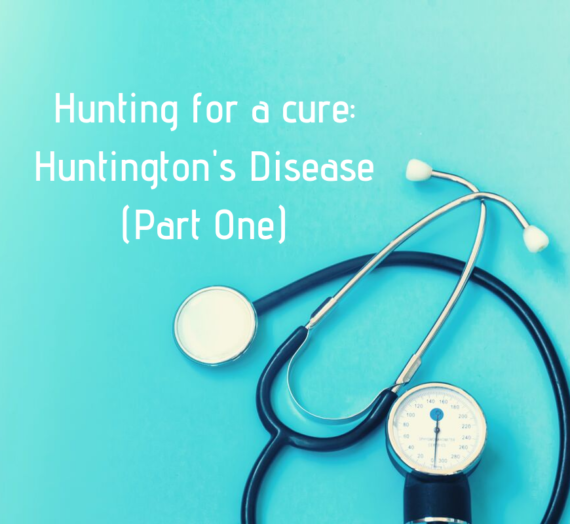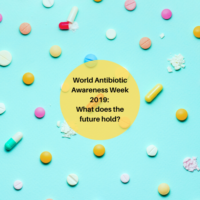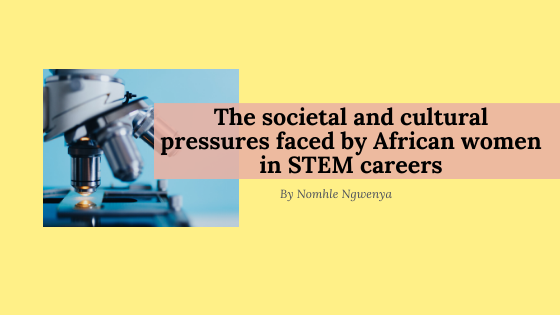Happy International Women’s Day! This year’s theme is #EmbraceEquity, calling for the need for equity as opposed to equality. Whilst both are necessary for a fair and gender-balanced world, it is important to understand the difference between the two:
- Equality: each individual or group is given the same opportunities or resources
- Equity: individuals and groups have varying circumstances which means they may require different opportunities or resources
Whilst there are many aspects of gender inequity we could have chosen to focus on for this year’s IWD, we’ve decided to explore gender equity in health and medicine. The 1995 Beijing Platform for Action on Women was a huge milestone in advocating for women’s rights on a global scale. Access to healthcare and autonomy over medical decisions were key aspects of the declaration, but nearly 28 years on, have these goals been achieved?

Period poverty and menopause
Estimates suggest that at least 500 million women and girls across the globe lack access to resources and facilities needed for managing their periods.1 Furthermore, a UK poll including a total of 362 women and transgender men, indicates that 89% of respondents have been unable to afford period products in the previous 12 months.2 Far more than a minor inconvenience, a lack of suitable period products can cause infections and serious health complications – in many developing countries, half of menstruating individuals are often forced to use items such as grass and paper. The risk of infection when using items such as these is increased in victims of Female Genital Mutilation (FGM), which remains prevalent in some regions.
Problems don’t disappear for menstruating individuals once the periods stop – menopause can have a significant impact on physical and mental health. Studies show that menopause can lead to deterioration in cardiovascular and musculoskeletal health, but there is also growing evidence of its impact on brain health, including a potential increased risk of diseases such as Alzheimer’s.3 If we are to reach gender equity, we urgently need further research on the impact of menopause on women’s health and better availability of treatments and preventive initiatives.4

Pregnancy and childbirth
Throughout history, giving birth has always been a tricky business, but in the 21st century, are we any better at preventing maternal mortality? The risk of dying during pregnancy or childbirth has declined from 0.9% in the 19th century, to 0.003% today.5 However, the WHO has warned that maternal mortality rates are still alarmingly high. In 2020, almost 800 women died every day from preventable causes relating to pregnancy or childbirth, with almost 95% of deaths occurring in low and middle-income countries. The major complications accounting for around 75% of maternal deaths are cited as severe bleeding, infections, high blood pressure during pregnancy, complications during delivery, and unsafe abortions.6
A 2021 study found that black women were five times more likely to die from pregnancy-related cardiomyopathy or blood pressure disorders than white women. The researchers also found that late maternal deaths (occurring between six weeks and one year post-partum) were 3.5 times more likely among black women than white women. This highlights the need for an intersectional approach to promoting gender equity in women’s healthcare – there is a need for improved vigilance and earlier diagnosis in groups of women known to be at higher risk for certain pregnancy-related complications.6

Reproductive rights
The right to body autonomy is another crucial aspect of women’s health and one that is facing increasing threat. Reproductive health, of course, also impacts men, but it is more often women that bear the burden of reproductive-related complications, as we have seen above. The British Medical Journal (BMJ) describes a three-pronged approach to reproductive health, encompassing pregnancy, sexual health, and non-pregnancy-related issues.7 In June 2022, the US Supreme Court voted to overturn Roe vs. Wade, effectively giving local authorities the power to regulate and even ban access to abortions, and globally, abortion remains illegal or significantly restricted in several countries.8
There are many reasons why someone may decide to have an abortion, including but not limited to, contraceptive failure, barriers to contraceptive use, foetal anomalies, rape, or illness during pregnancy. Ultimately, this decision should be a private one, and women shouldn’t have to justify or publicise their choices. When abortions are not accessible, women may resort to dangerous methods of ending their pregnancies, and these unsafe procedures account for nearly 50,000 deaths each year globally.9

The lack of gender equity in medicine and healthcare may be a result from the lack of female participants in clinical trials – you can read more about this in our IWD special from 2022 here
It is clear that we still have a long way to go toward embracing gender equity in healthcare and medicine. The medical needs of women around the world must be considered and addressed in order to achieve equality and women’s empowerment. We need to ensure diversity in leadership roles within government and healthcare bodies, to make sure the voices of those affected by these issues are heard.
References
- https://www.actionaid.org.uk/blog/2022/05/18/period-poverty-statistics-around-world
- https://yougov.co.uk/topics/politics/articles-reports/2022/09/14/period-poverty-one-eight-likely-struggle-afford-sa
- https://www.nia.nih.gov/news/research-explores-impact-menopause-womens-health-and-aging
- https://www.theguardian.com/society/2022/may/05/menopausal-women-lack-basic-support-landmark-survey-finds
- https://ourworldindata.org/maternal-mortality#:~:text=Starting%20in%20the%20second%20half,just%20a%20few%20generations%20ago
- https://www.prb.org/resources/black-women-over-three-times-more-likely-to-die-in-pregnancy-postpartum-than-white-women-new-research-finds/
- https://www.bma.org.uk/media/2114/bma-womens-reproductive-health-report-aug-2018.pdf
- https://www.networkforphl.org/resources/abortion-access-a-post-roe-public-health-emergency/
- https://www.acog.org/advocacy/facts-are-important/abortion-is-healthcare



